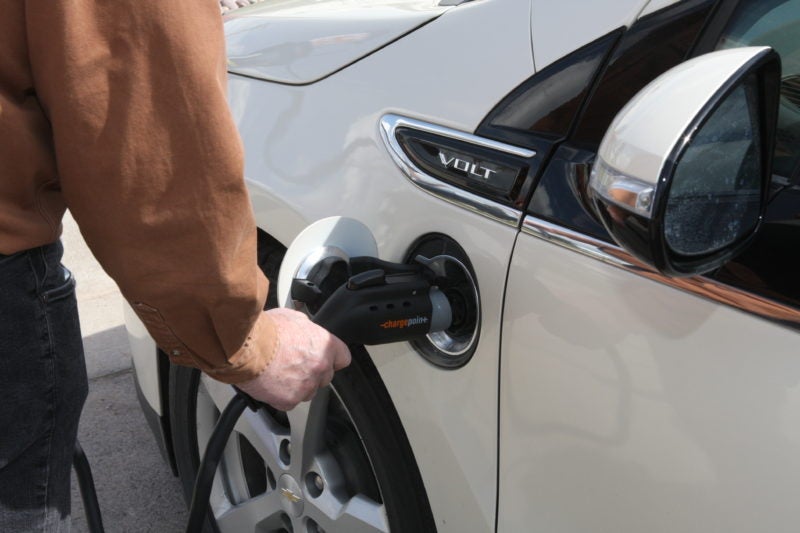
IS AN ELECTRIC VEHICLE RIGHT FOR YOU?
The average driver clocks in 40 miles each day commuting to work or running errands. If that aligns with your daily mileage, consider a battery electric vehicle (BEV). Charging overnight should keep it ready for your commute. The stated range of most BEVs is 60-100 miles per charge, with a range of 200 miles per charge or more coming in 2017. However, to ensure your needs are met, assume your range will be somewhat less.
Even if you have frequent longer trips, or have a few longer daily drives, you may consider a BEV as a second vehicle.If you average more miles per day and/or take frequent long trips, a Plug-in Hybrid Electric Vehicle (PHEV) may meet your needs. PHEVs use a combination of an electric motor and gasoline engine to provide good fuel economy, a longer range and the ability to keep driving after the battery is depleted. They do need to be plugged in to recharge, but you can operate in gas-only mode when necessary. Another option is a hybrid. While hybrids don’t offer some of the benefits of a BEV, you’ll get better fuel mileage than with a conventional vehicle without plugging in.


